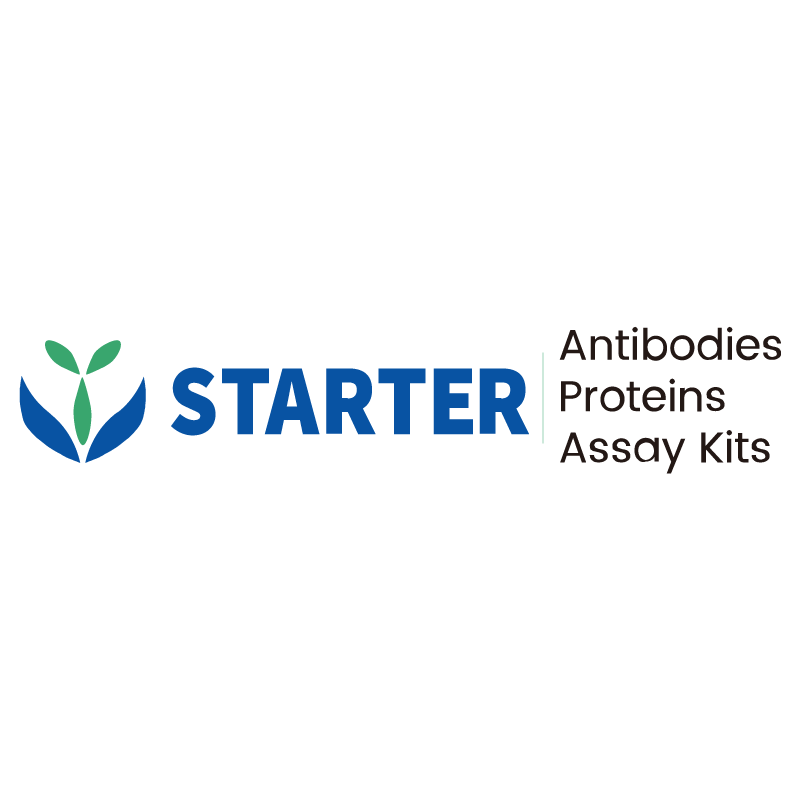Flow cytometric analysis of Rat CD4 expression on SD Rat splenocytes. SD Rat splenocytes were stained with Brilliant Violet 605™ Mouse Anti-Rat CD3 Antibody and either PercP-Cy5.5 Mouse IgG1, κ Isotype Control (Left panel) or SDT PercP-Cy5.5 Mouse Anti-Rat CD4 Antibody (Right panel) at 5 μl/test. Flow cytometry and data analysis were performed using BD FACSymphony™ A1 and FlowJo™ software.
Product Details
Product Details
Product Specification
| Host | Mouse |
| Antigen | CD4 |
| Synonyms | T-cell surface glycoprotein CD4; T-cell surface antigen T4/Leu-3; W3/25 antigen |
| Location | Cell membrane |
| Accession | P05540 |
| Clone Number | S-R631 |
| Antibody Type | Mouse mAb |
| Isotype | IgG1,k |
| Application | FCM |
| Reactivity | Rt |
| Positive Sample | SD Rat splenocytes |
| Purification | Protein G |
| Concentration | 0.05mg/ml |
| Conjugation | PerCP-Cy5.5 |
| Physical Appearance | Liquid |
| Storage Buffer | PBS, 1% BSA, 0.3% Proclin 300 |
| Stability & Storage | 12 months from date of receipt / reconstitution, 2 to 8 °C as supplied. |
Dilution
| application | dilution | species |
| FCM | 5μl per million cells in 100μl volume | Rt |
Background
CD4 is a glycoprotein expressed on the surface of certain immune cells, most notably helper T cells. It is a member of the immunoglobulin superfamily and has four immunoglobulin-like domains (D1 to D4). CD4 acts as a co-receptor with the T-cell receptor (TCR) to recognize antigens displayed by MHC class II molecules on antigen-presenting cells. The D1 domain of CD4 binds to the β2 region of MHC class II, bringing the TCR complex and CD4 into close proximity. This allows the tyrosine kinase Lck, bound to the cytoplasmic tail of CD4, to phosphorylate tyrosine residues on the cytoplasmic domains of CD3, amplifying the signal generated by the TCR. CD4 is also the primary receptor for the human immunodeficiency virus (HIV), and its interaction with the HIV gp120 protein is a key step in viral entry.
Picture
Picture
FC


